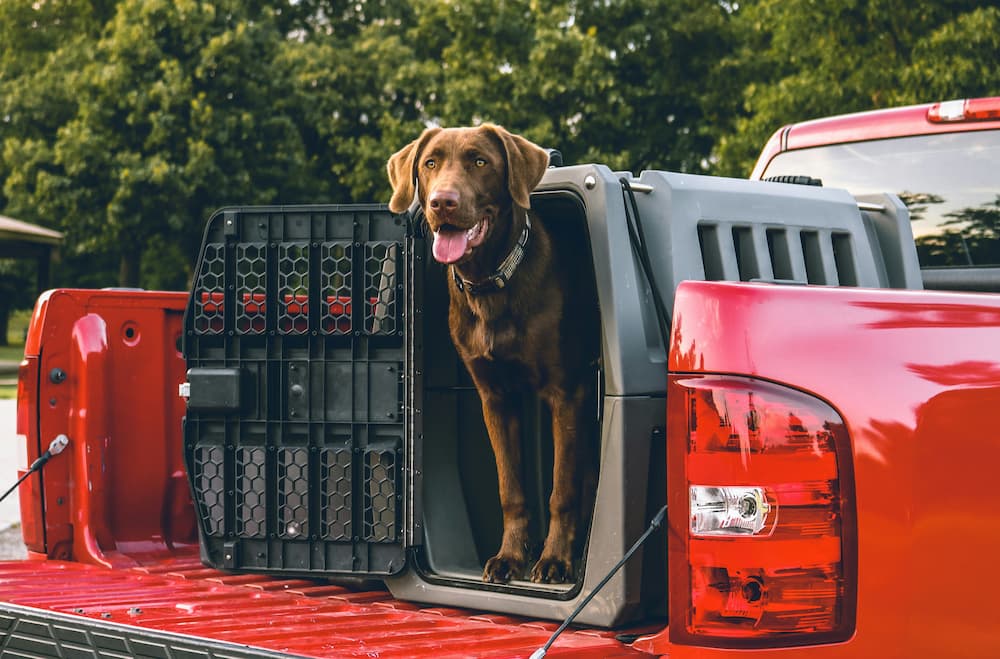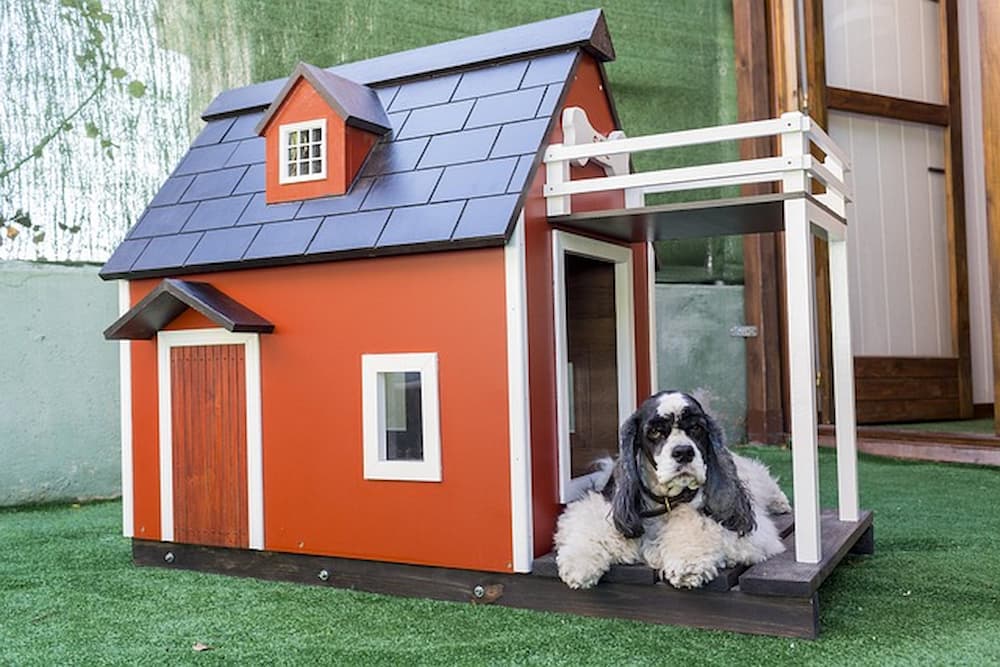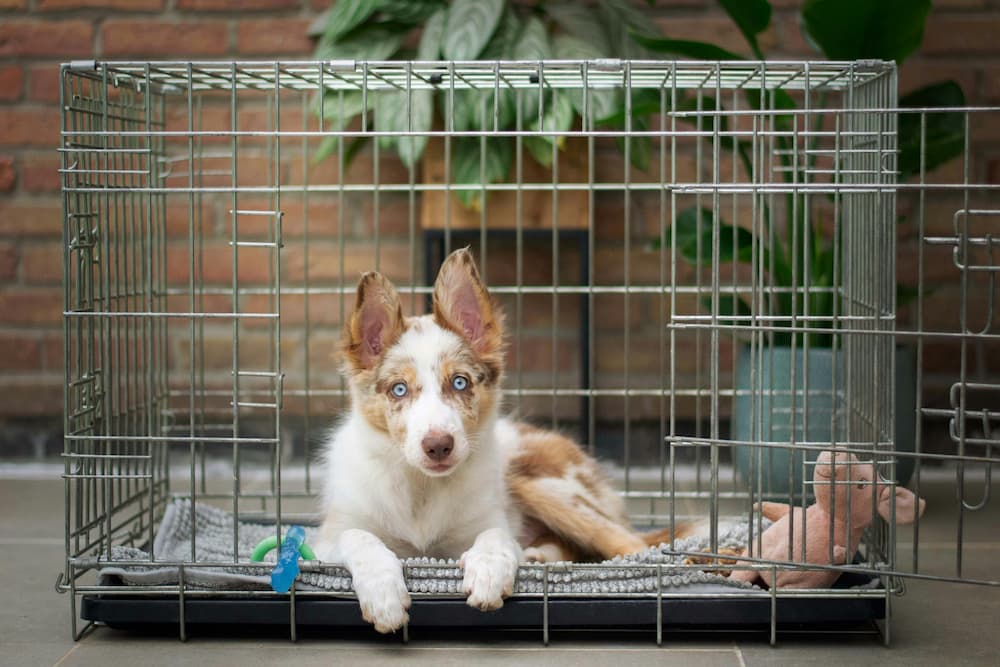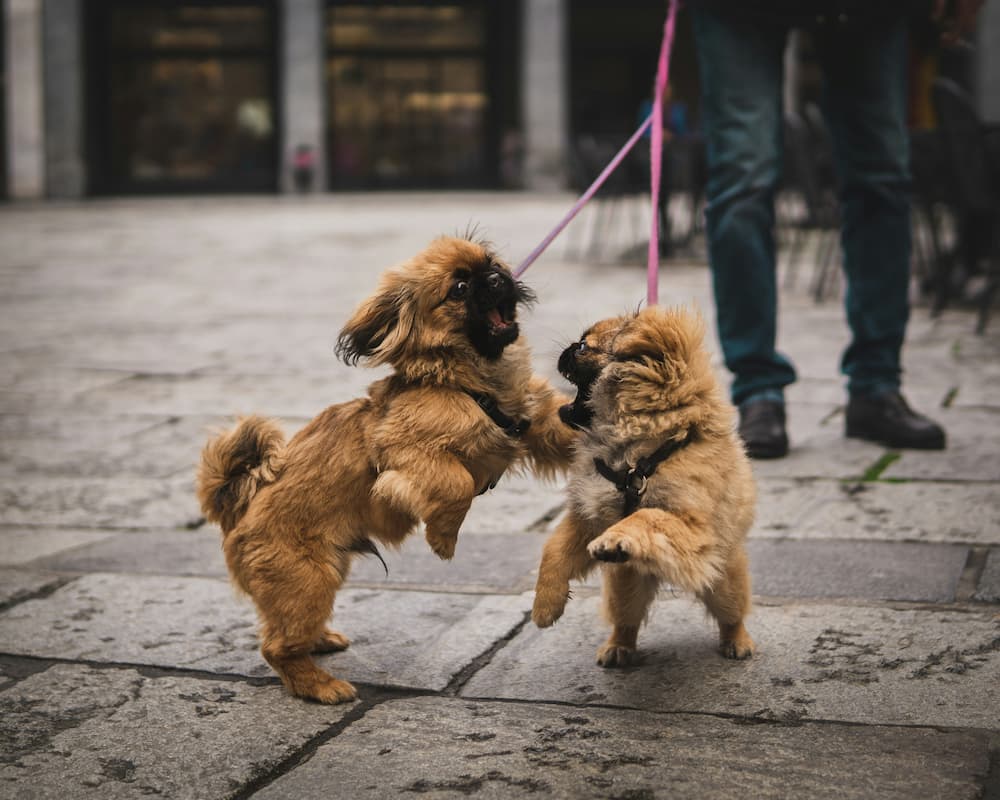Picture coming home to shredded pillows, puddles on your new rug, and a frantic puppy overwhelmed by household chaos. For countless families, this scenario fuels stress for both pets and owners. Crate training—when done right—transforms that metal box into a sanctuary where your dog voluntarily retreats for naps and security. This guide will show you how to train your dogs in a crate correctly. Let’s unlock the secrets step by step.

What Is Crate Training?
Crate training is the process of teaching your dog to view their crate—or kennel—as a personal sanctuary, much like a den in the wild. It’s not about isolation or punishment; rather, it’s about giving your dog a predictable, secure space that they can rely on. According to the American Kennel Club, a properly introduced crate can:
When you understand what crate training is, you’re setting the stage for a calm, confident companion who knows their crate is a place of rest and safety.
What Are the Benefits of Crate Training for Your Dog?
Crate training is more than just a convenience—it’s a valuable tool that supports your dog’s safety, well-being, and development in everyday life.
How Do I Crate Train My Dog Step by Step?
Step 1: Introduce the Crate
Place the open crate in a busy area (kitchen/living room). Add soft bedding, a chew toy, and treats. Let your dog explore freely. Reward any interaction—sniffing, stepping in—with praise.
Step 2: Build Positive Associations
Feed meals near the crate, moving the bowl inside once your dog enters willingly. Use high-value rewards (chicken, cheese) only given in the crate.
Step 3: Practice Closing the Door
Once your dog eats comfortably inside: Shut the door during a meal, reopening immediately after.
Step 4: Extend Duration & Add Distance
After your dog tolerates 10+ minutes: Leave the room briefly, returning before they whine. Slowly increase absence time (5 → 15 → 30 minutes).
Step 5: Overnight Training
Place the crate near your bed initially. Use a command like “crate” before bedtime. If your pup whines, take them out only if they need to potty—then return calmly. Avoid cuddling or play
How Do I Choose the Right Crate for My Dog?
Selecting the perfect crate is crucial when learning how to crate train a dog:
√Wire crates offer visibility and airflow. Ideal for dogs who like to see their surroundings.
√Plastic kennels create a den‑like environment, perfect for anxious dogs or travel.
√Soft-sided crates are portable but less durable—best for calm, older dogs.
Choosing wisely sets you up for success when you begin crate training a puppy or adult dog.

What Are Some Tips for Successful Crate Training?
Maintain a Routine: Consistency is key. Crate and potty breaks on a set schedule reinforce expectations.
These tips, backed by professional trainers, will help you understand how to crate train with empathy and effectiveness.
Conclusion
Crate training is a compassionate, effective way to provide your dog with structure, security, and confidence. By following expert guidance on how to crate train a dog, choosing the right crate, and reinforcing positive associations, you’ll foster a lifelong bond built on trust. Remember: patience, consistency, and empathy are your greatest tools. Soon, you and your dog will both look forward to quiet moments in a well‑loved crate—a true home away from home.
FAQ
How long can I leave my puppy in the crate?
As a general rule, puppies should not be crated longer than one hour per month of age (e.g., a 3‑month‑old puppy for about three hours) plus overnight when sleeping. Never exceed these limits to avoid stress or physical discomfort.
What is the 2:1 rule for crate training?
The 2:1 rule suggests two hours of outside activity (exercise, play, bathroom breaks) for every one hour of crate time. This balance helps expend energy and reduces anxiety when your dog is crated.
Should I let my dog cry while crate training?
It’s normal for dogs—especially puppies—to whine initially. Brief, intermittent whining can be ignored, but sustained distress may signal a need for more frequent breaks or a slower training pace. Always respond to genuine potty signals or severe anxiety.



